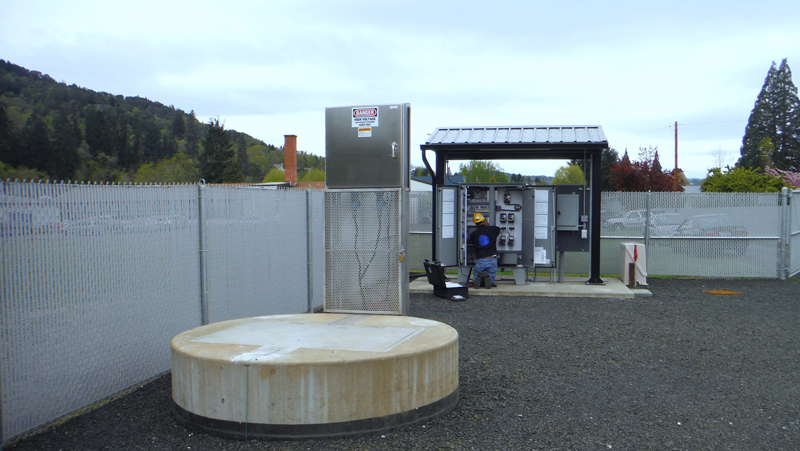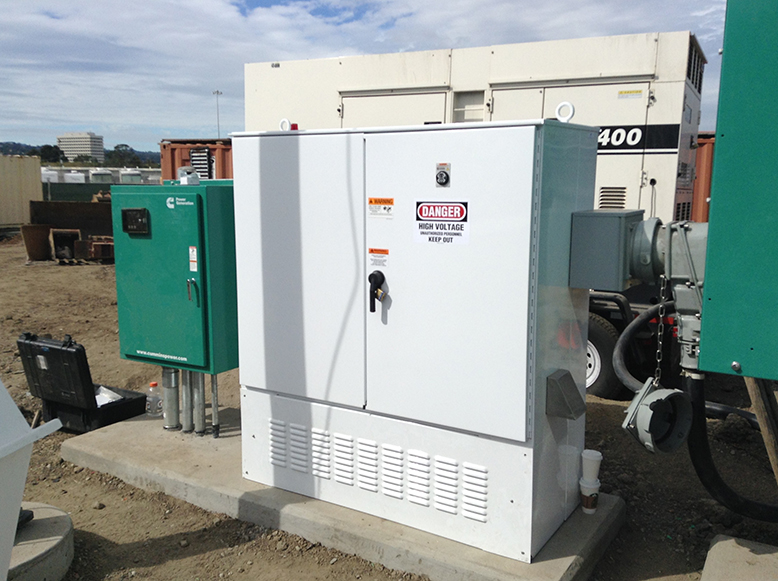
Romtec Utilities designs and engineers some of the most sophisticated and reliable pump stations available through a single company. Large pump stations have a lot of components associated with their design, and within these components, there is substantial room for cost savings. One of the most important things we do at Romtec Utilities is to try to help customers understand how to save money on pump stations, and one of the best ways to understand that is to understand what costs the most in a pump station design.
The first costs are associated with the structural components of the system. Concrete is the most affordable option, followed by fiberglass and then welded steel. After the materials, size is an important consideration. Trying to reduce the diameter of the well can have a significant impact on the cost of the concrete. Even more important than diameter, however, is the depth of the well. Deep wells have higher manufacturing costs, but the installation cost of a well increases at a near exponential rate as it goes deeper. Engineering the pumping system to be as shallow as possible and with a small well diameter can really reduce the cost of the overall system.

When engineers and contractors consider all of the elements of a pump station, one element that can get lost in the design is the available power at the pump station site. If there is 3-phase power available, the pump station design is straightforward, but if only single-phase power is available, it needs to be addressed. Prior to designing the system, choices about the power need to be made, and there are several options for how to design a pump station around the available site power.
The best option is bringing in 3-phase power and using 3-phase pumps for the station. This approach provides the best solution in terms of pump selection and lift station design, but the cost to bring in 3-phase power can range from inexpensive to cost-prohibitive. The next approach is converting single phase power to 3 phase power and using 3 phase pumps. This approach provides a great lift station design but includes the associated costs of power conversion. The final option is using single phase power with single phase pumps. This approach is inexpensive, but it severely restricts the available pump options for the station, which may or may not be able to handle the pumping requirements.

The pump station control panel represents another area of design that can have a substantial impact on the cost of the system. The best way to estimate added costs to a pump station control panel is to evaluate the analog components being used in the pump station. Components like pumps and mechanical floats use relay switches, which essentially communicate “on & off” signals to the controller. Analog components like current transducers and pressure transducers use analog communications that typically require a 4-20 mA signal. An analog controller must interpret a varying range of electrical signals from 4 mA to 20 mA instead of simple “on & off” signals. In order to interpret the analog signal, a “smarter” control device is required for the panel. Adding devices that require an analog controller add cost to the control panel.
These are just a few examples of the ways that costs can be added or reduced through a pump station design. Other costs can be affected from considerations like traffic-ratings, panel enclosure requirements, or valve assemblies. Each pump station is different, and it is important that every system is designed to function correctly for a long time. Romtec Utilities always makes sure that each pump station is designed with the customer-required functionality and with any cost-saving design techniques that can be employed. Contact Romtec Utilities today to see how our engineers can save you money.
